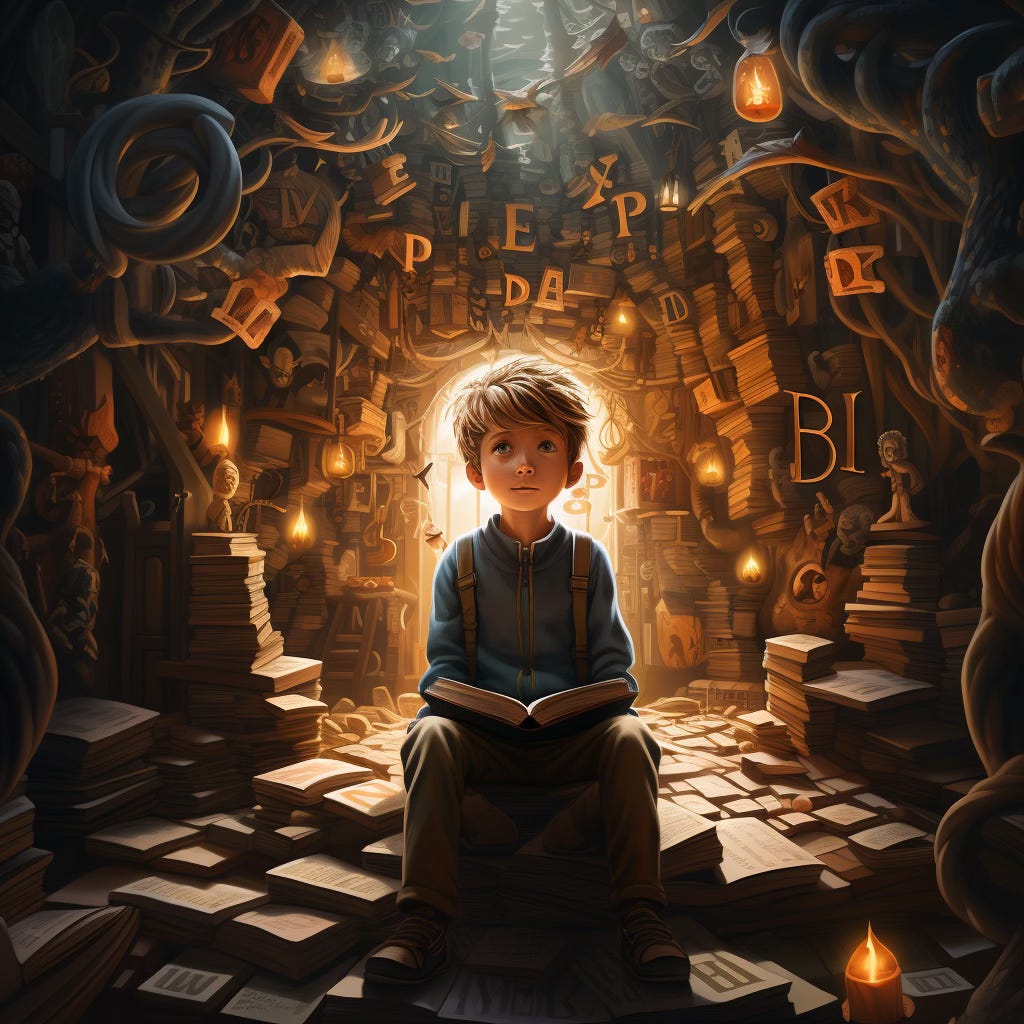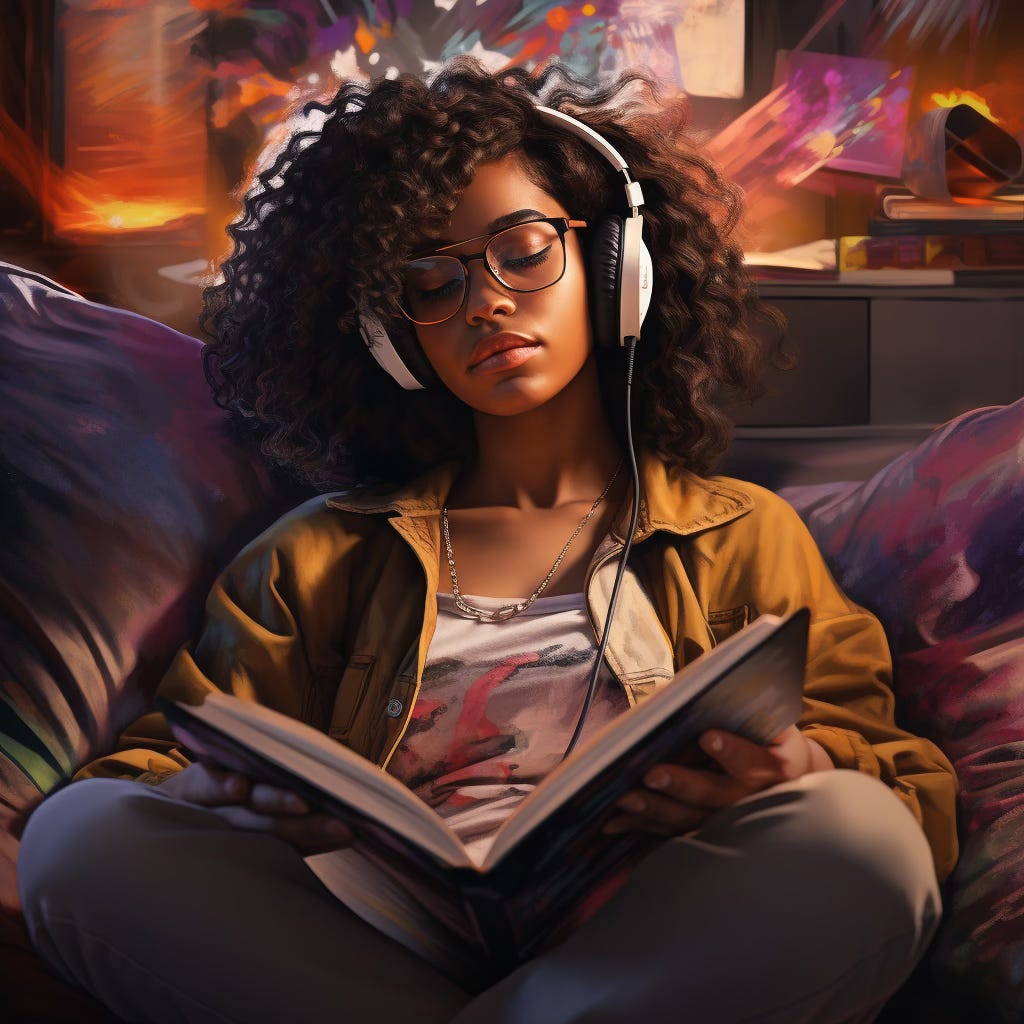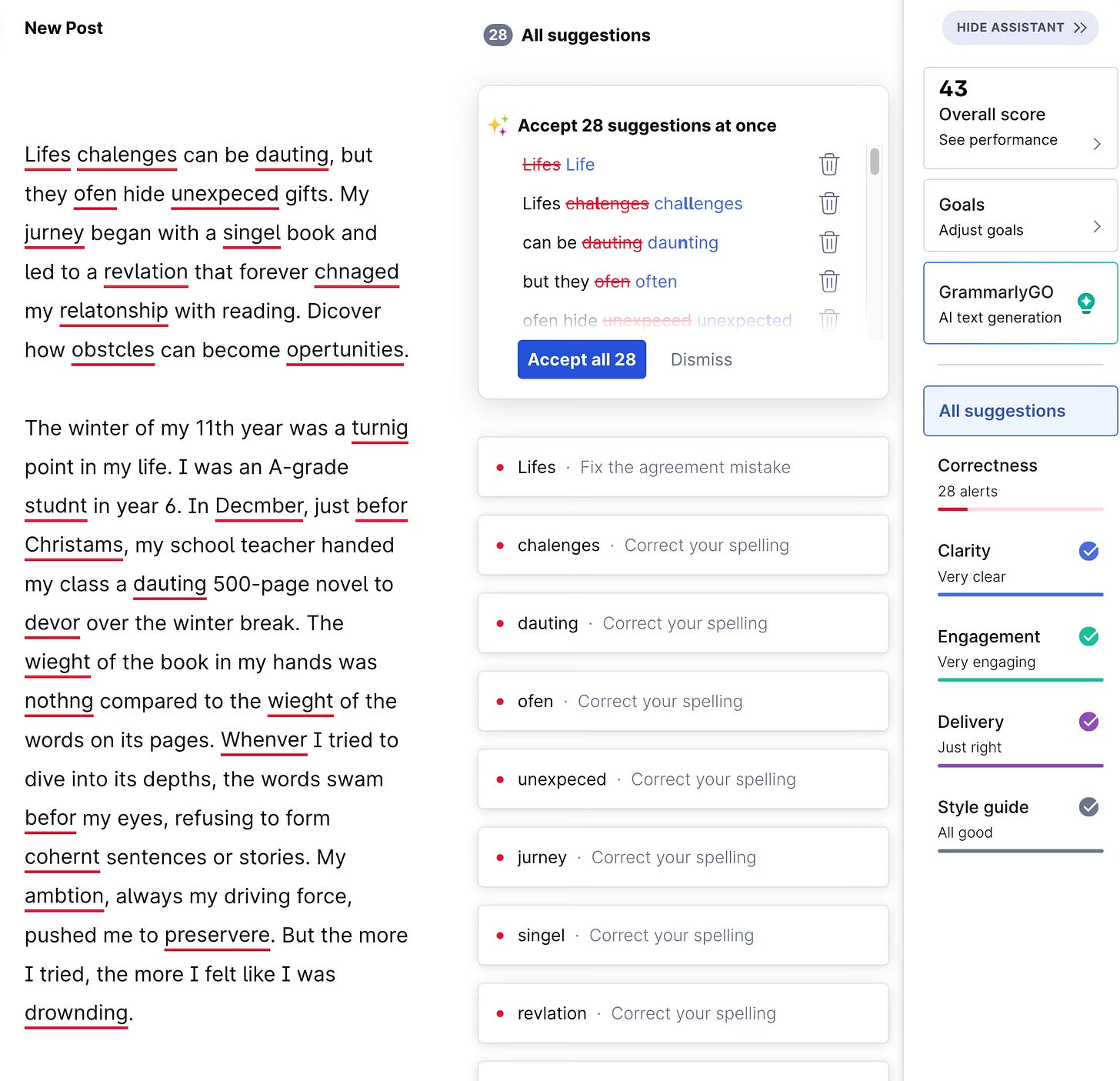The Evolution of a Dyslexic Reader: From Struggle to 400 Words Per Minute
Life's challenges can be daunting, but they often hide unexpected gifts. My journey began with a single book and led to a revelation that changed my relationship with reading. Discover how I did it.
The winter of my 11th year was a turning point in my life. I was an A-grade student in year 6. In December, just before Christmas, my school teacher handed my class a daunting 500-page novel to devour over the winter break. The weight of the book in my hands was nothing compared to the weight of the words on its pages. Whenever I tried to dive into its depths, the words swam before my eyes, refusing to form coherent sentences or stories. My ambition, always my driving force, pushed me to persevere. But the more I tried, the more I felt like I was drowning.
Approximately five to 15% of school-age children struggle with a learning disability.1 An estimated 80% of those with learning disorders have an impairment in reading in particular (commonly referred to as dyslexia). Dyslexia is highly prevalent, affecting 20% of the population.2 Dyslexia affects males and females equally. There is a high comorbidity of specific learning disorders with other neurodevelopmental disorders (such as ADHD) and anxiety.
Family dinner that evening brought an unexpected ray of hope. As the aroma of roasted chicken wafted through my grandma’s dining room, my auntie recounted a story about her vision-impaired friend. She spoke of a magical library where books weren't bound by paper but captured on analogue magnetic tapes. These were audiobooks on cassette tapes, a relic of a bygone era. My heart raced with hope.
The following day, with the winter sun barely peeking over the horizon, I found myself at a local library for the vision-impaired. Clutching the audio version of my school novel, I raced home, excitement bubbling within. As the narrator's voice filled my room, I paired it with the printed words. The experience was transformative. The once elusive sentences now flowed seamlessly, painting vivid images in my mind.
It was my introduction to Immersion Reading, a powerful technique that melds auditory and visual inputs to enhance comprehension and retention.
With Immersion Reading, the brain processes auditory and visual information in different areas. By using both simultaneously, you're activating and building connections in multiple brain regions. This can lead to deeper processing and better integration of information.
Years have passed, and technology has evolved in ways my 11-year-old self could never have imagined. Platforms like Audible, combined with Kindle, have become my allies. I read and listen to book summaries on Blinkist and Headway. I read longer articles online while Speechify narrates them for me. I constantly use various forms of STT (Speech To Text) technology to streamline my writing. While my spelling remains challenging, Grammarly, my digital guardian, ensures every word I pen is impeccable.
Today, while the average adult reads 250 words per minute, I soar at a staggering 400, all thanks to the tools I've embraced. This journey from that daunting winter day to the present wasn't just about navigating dyslexia. It was about leveraging innovation to craft my narrative.
In the end, while I may not have invented Audible, I like to think I was ahead of the curve. And if there's ever a market for 'young readers who turned to cassette tapes to conquer dyslexia,' well, I've got that niche cornered. Remember, it's not about how you start the story but how you turn the page.
Author's Note
As a person living with a non-visible disability, I feel grateful for technology that has assisted me in the tasks I find most challenging. I use TTS and STT assistants, Generative AI, NLP, and other tools to help me write articles like this one.
American Psychiatric Association. Diagnostic and Statistical Manual of Mental Disorders, Fifth Edition. (DSM-5) American Psychiatric Association Publishing. 2013.
https://psycnet.apa.org/record/2013-14907-000
Shaywitz SE, Shaywitz JE, Shaywitz BA. Dyslexia in the 21st century. Current Opinion in Psychiatry. 2021;34(2):80-86.
https://pubmed.ncbi.nlm.nih.gov/33278155/




